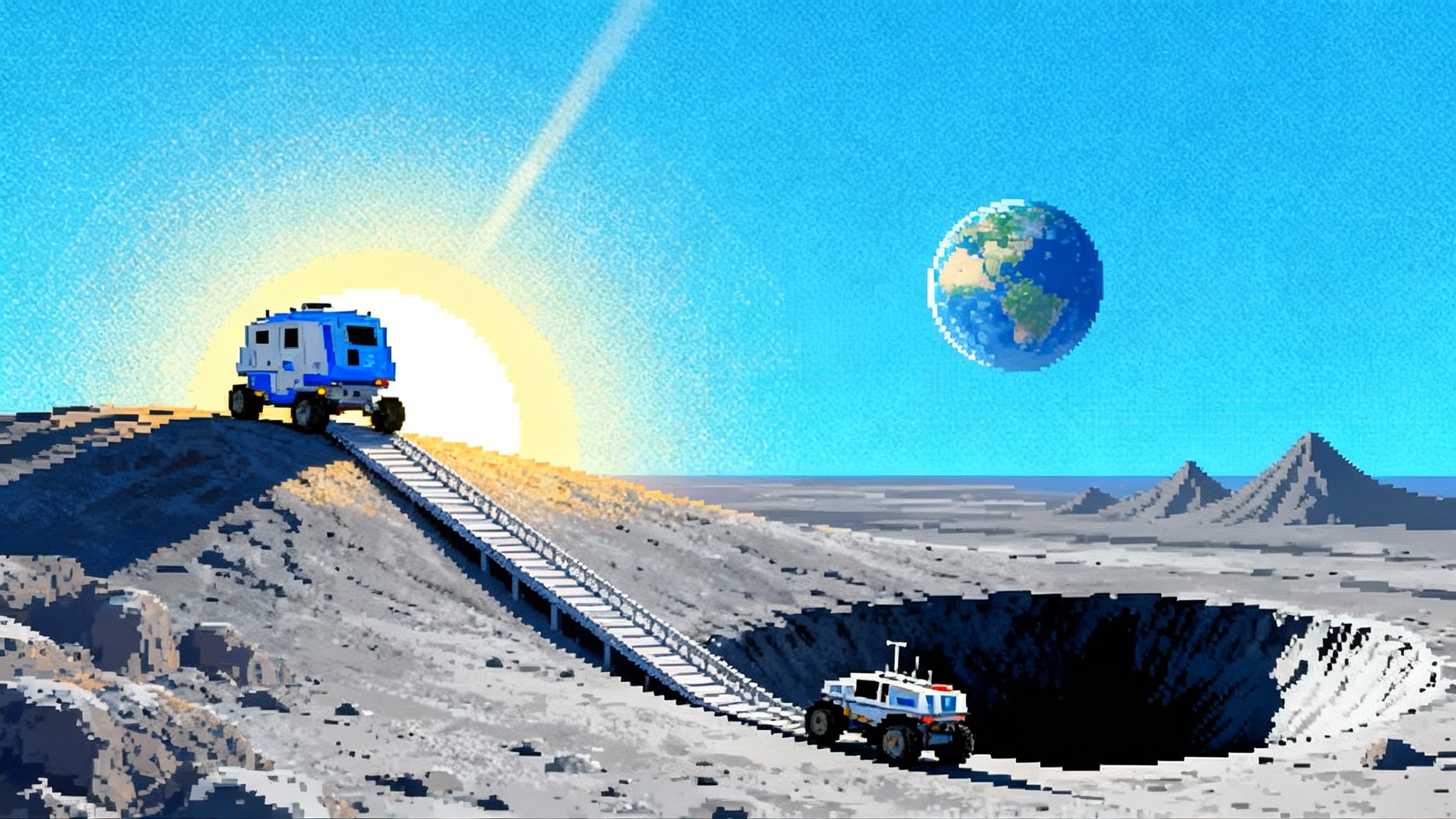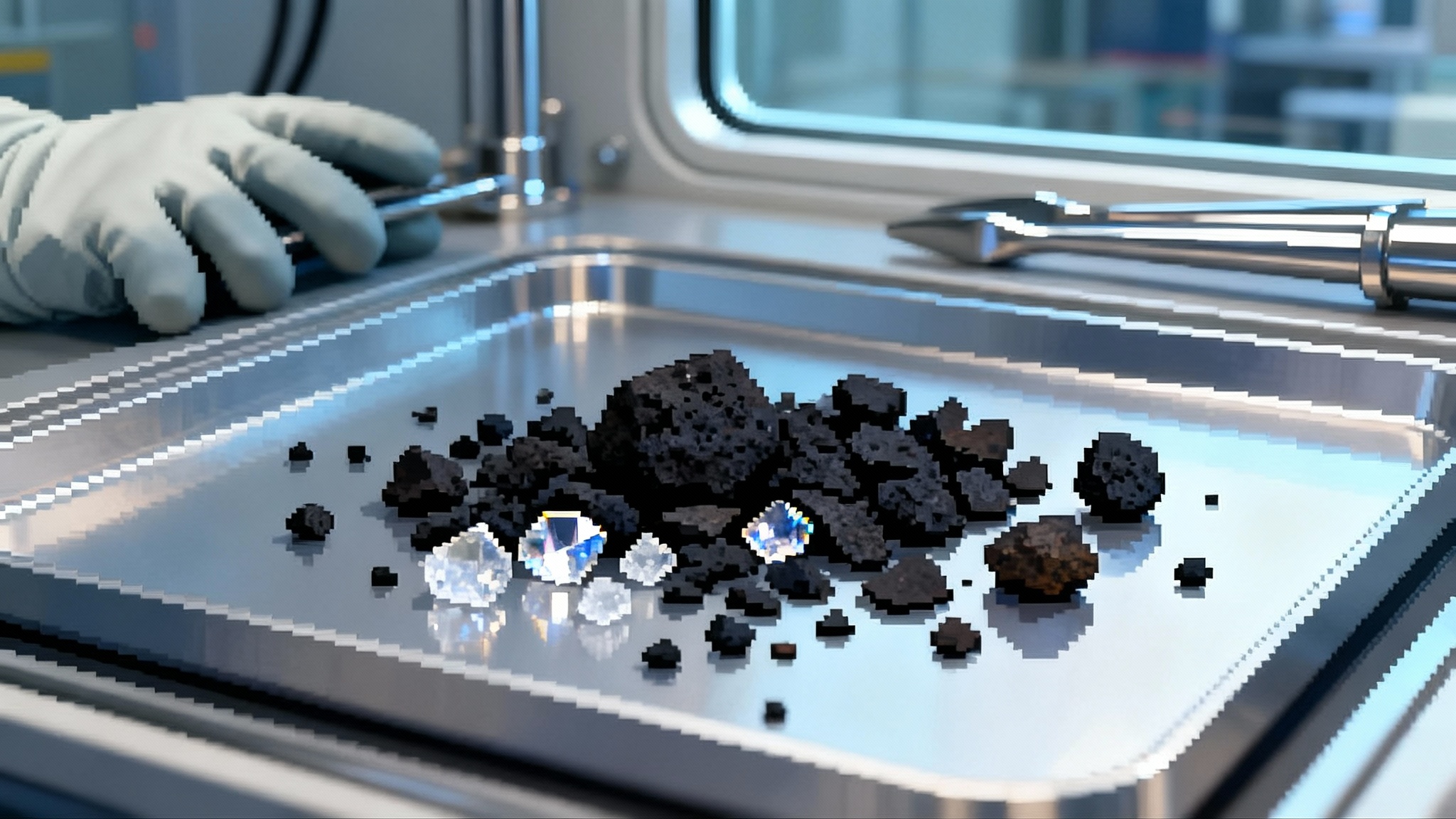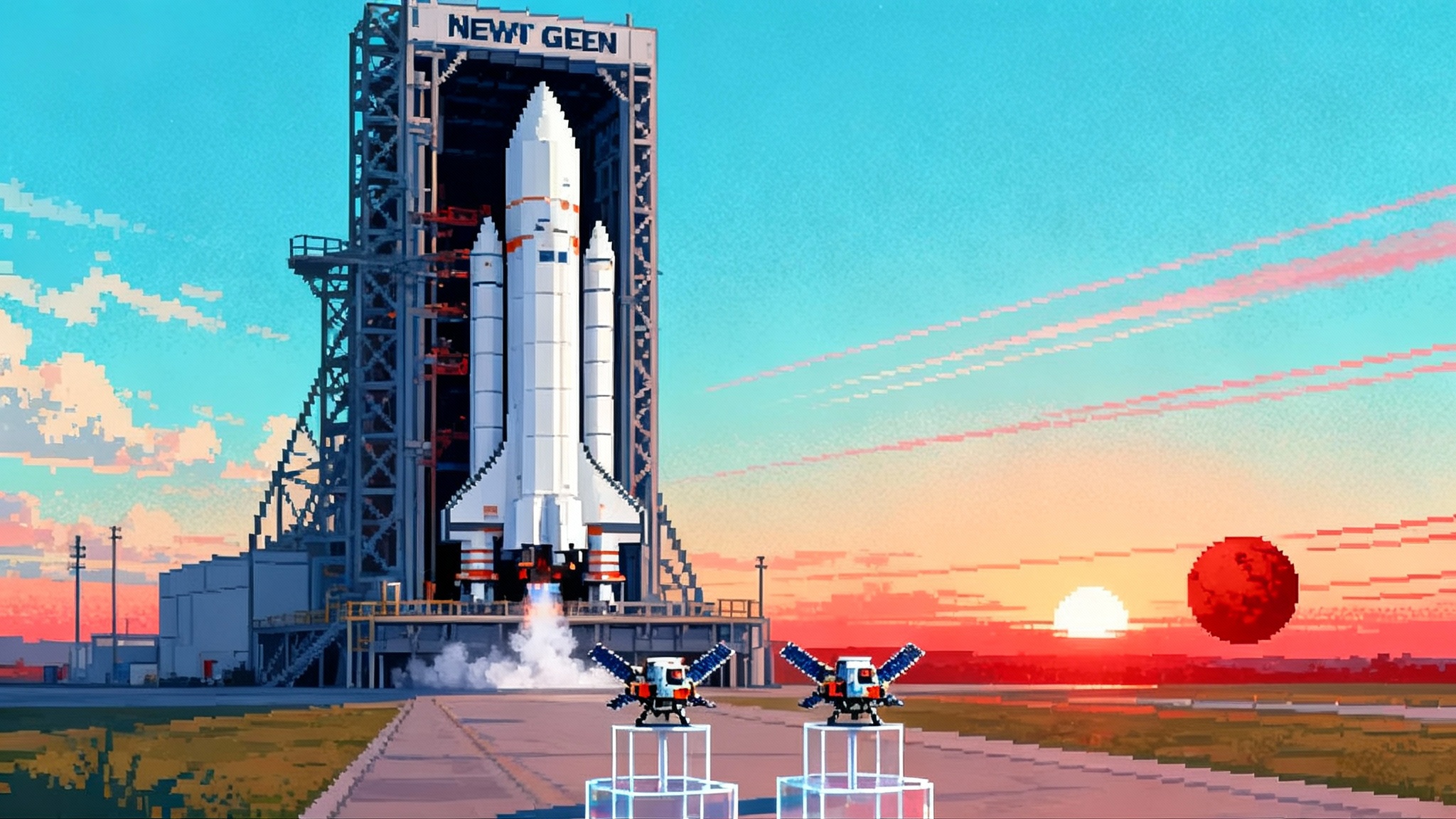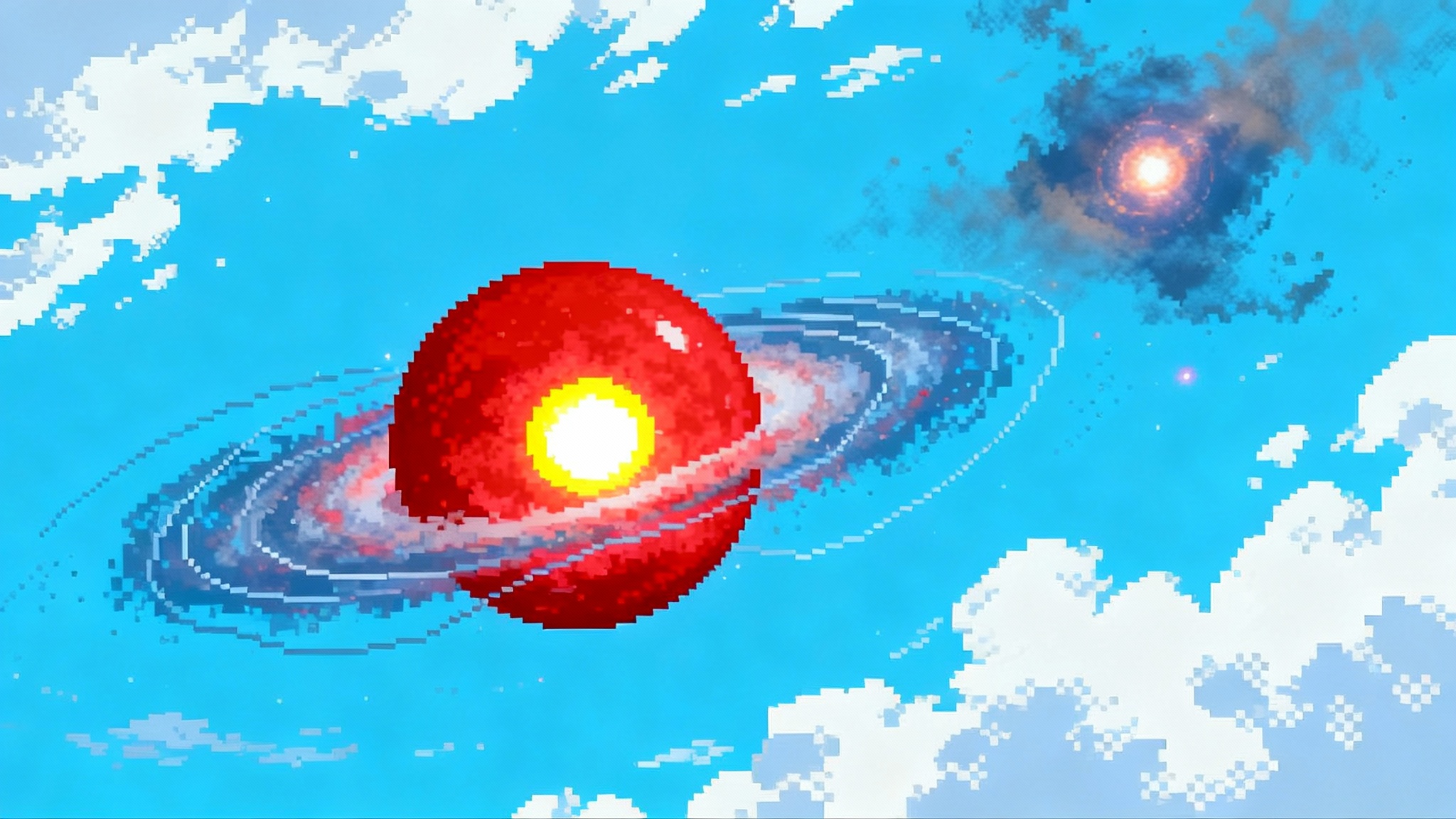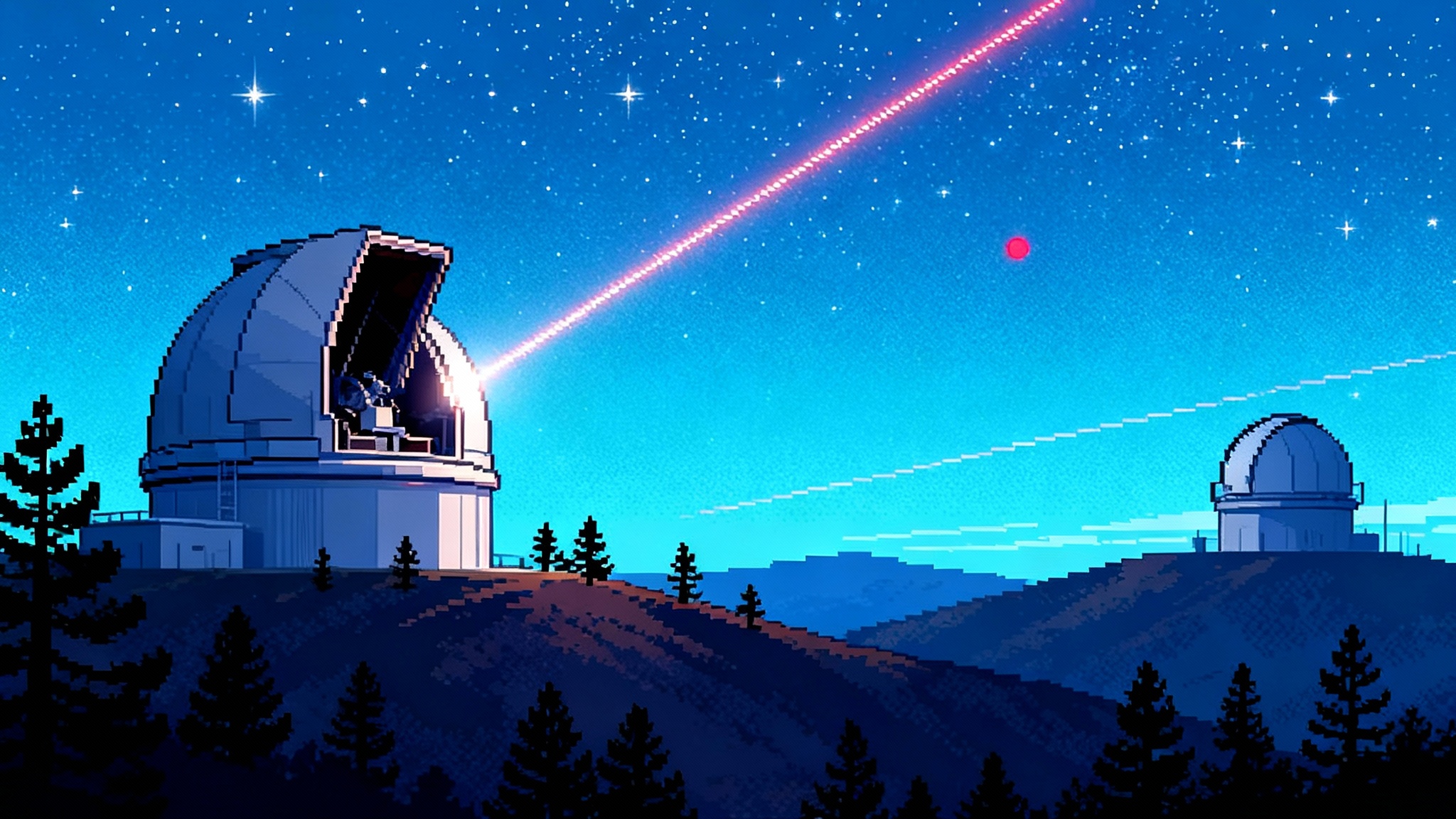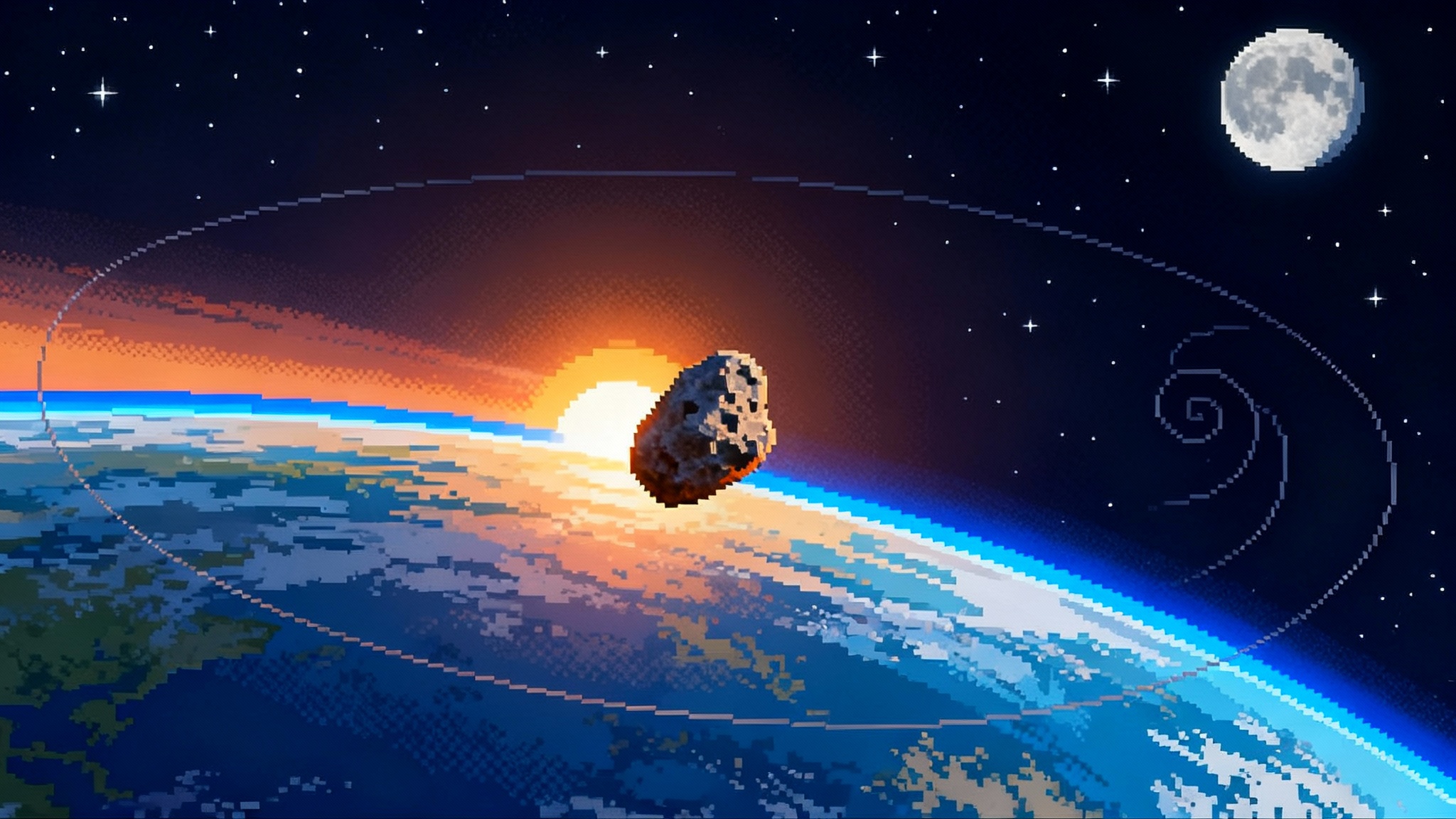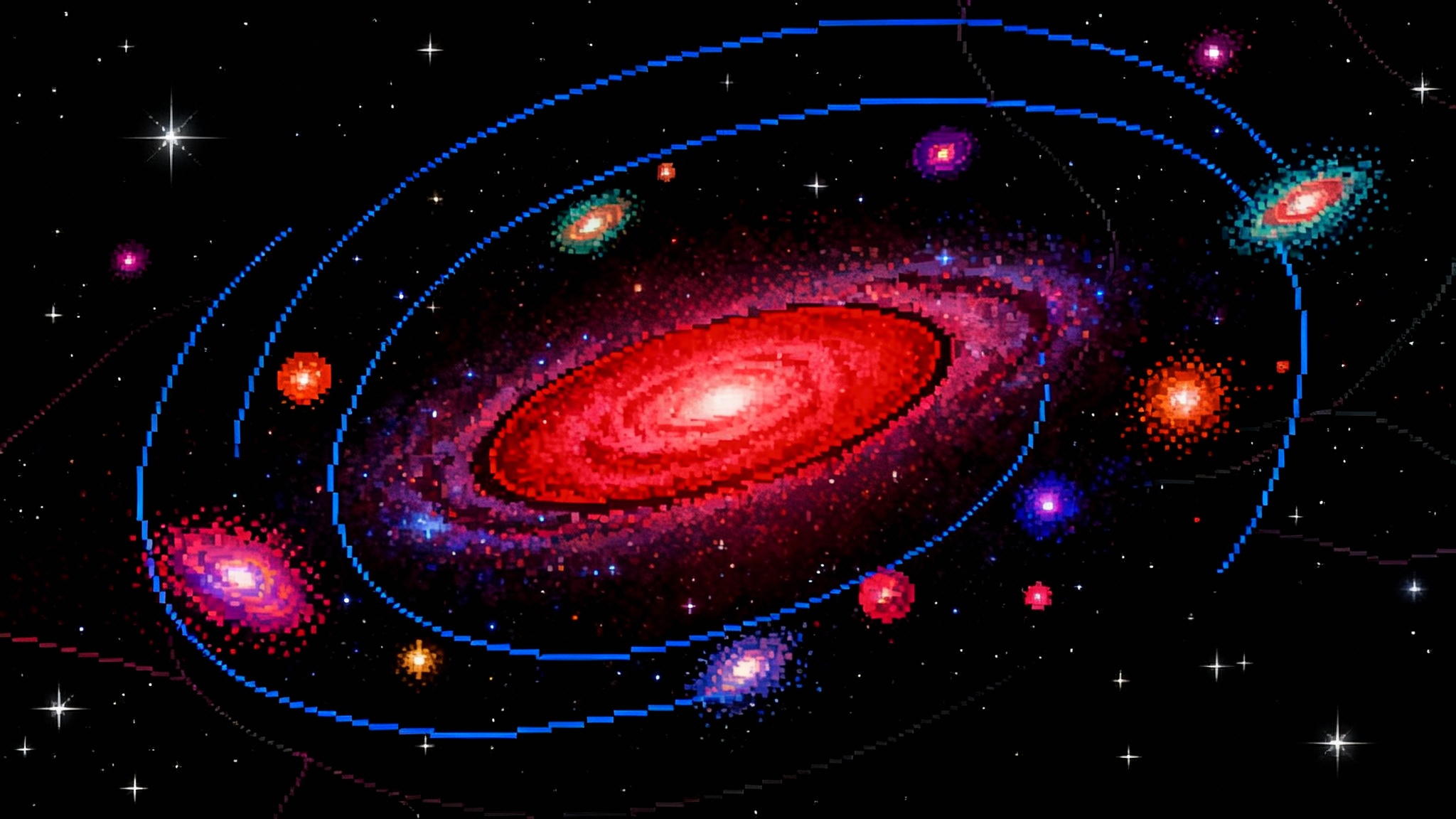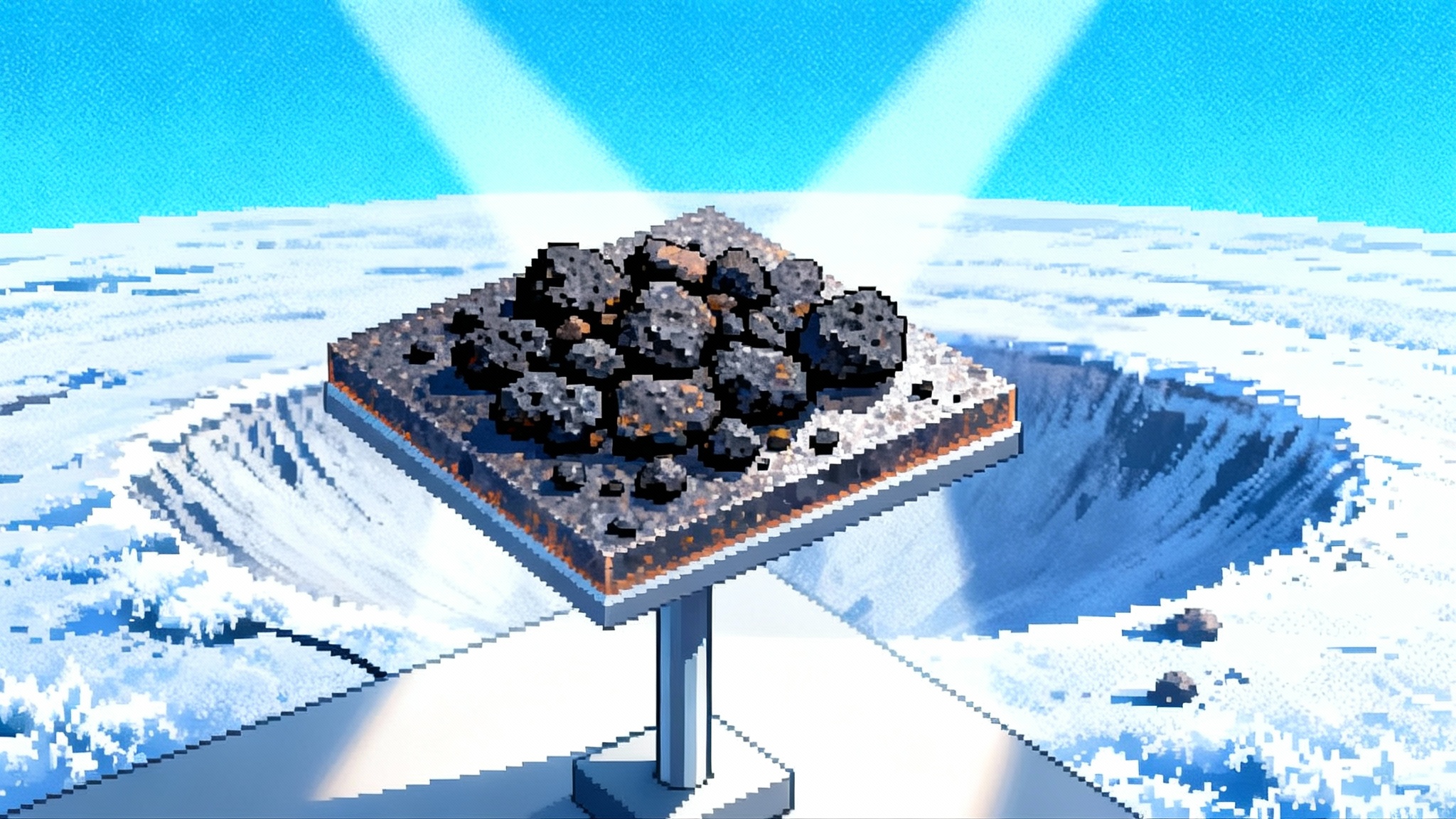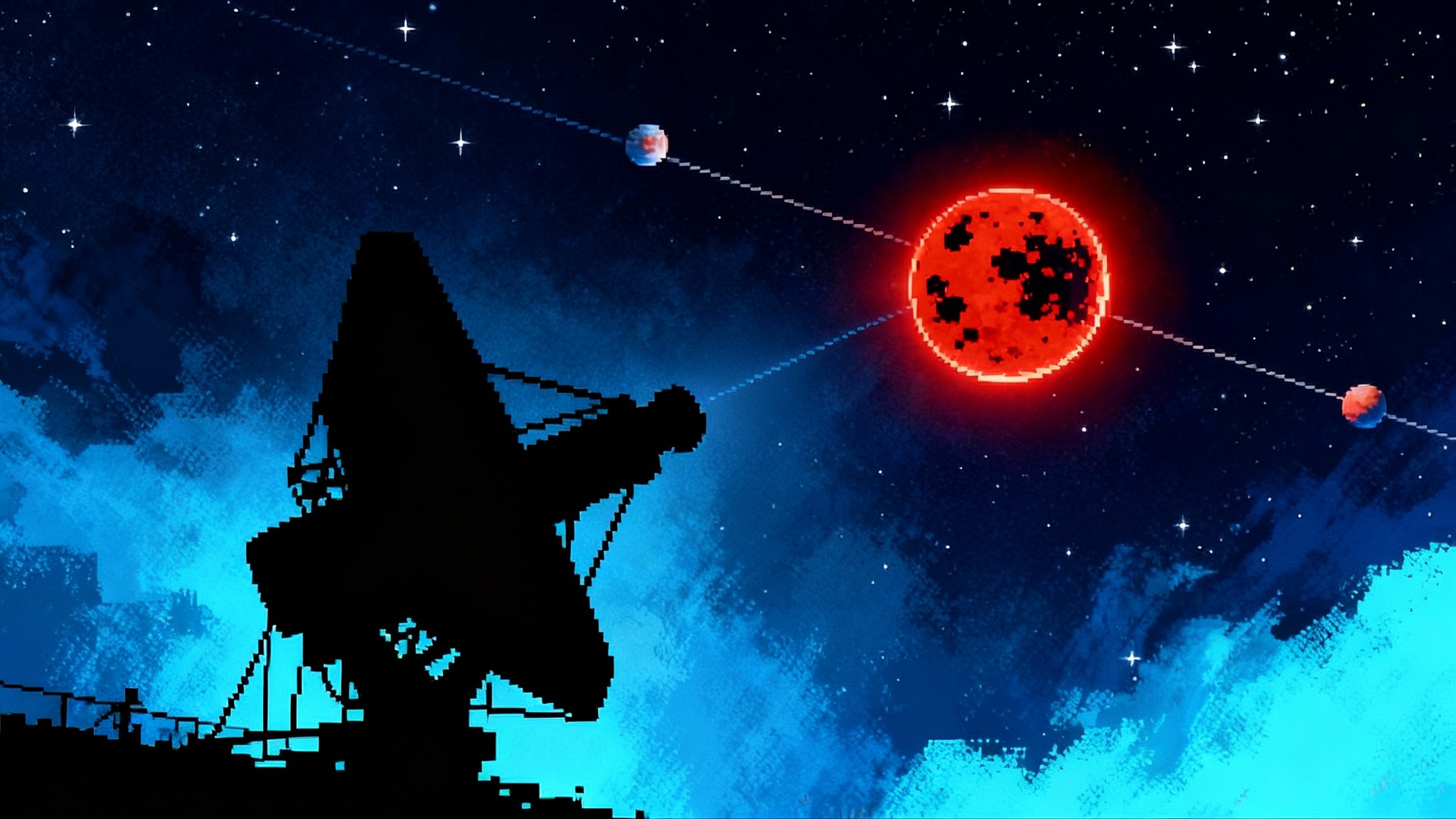NASA’s Swift rescue could launch a new era of servicing
On September 24, 2025, NASA selected Katalyst Space Technologies to dock with and reboost the aging Neil Gehrels Swift Observatory by spring 2026. If successful, it will be the first commercial capture of an unprepared U.S. science satellite and a pivot point for space-telescope lifetimes.
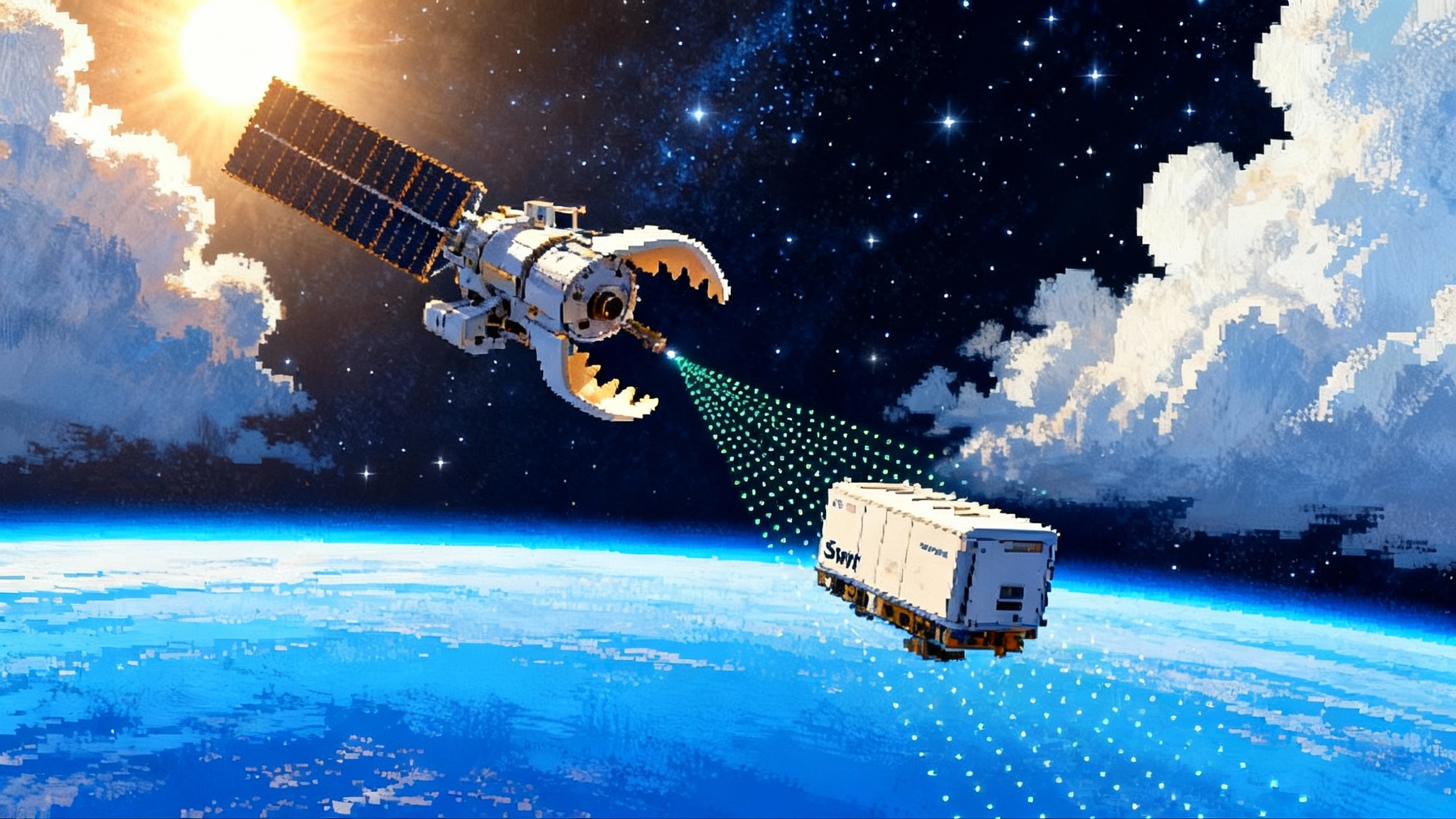
A rescue contract that rewrites the playbook
On September 24, 2025, NASA selected Katalyst Space Technologies to rendezvous with and reboost the Neil Gehrels Swift Observatory, a 21-year-old space telescope that has been slowly falling toward Earth. The award totals $30 million under a Phase III SBIR, with a target of a spring 2026 on-orbit boost that could extend Swift’s science by years. You can read the details in NASA’s September 24, 2025 news release, NASA Swift reboost award.
Why does this matter? Because Swift is not just another satellite. Since 2004 it has been the night watch for the violent universe, racing to pinpoint gamma-ray bursts, flares, and other transients, then cueing a global network of telescopes. Saving Swift buys more time for discovery. Proving the servicing concept could also change how we build, budget, and retire space telescopes.
The problem Swift faces
Low Earth orbit is not forever. Atmospheric drag driven by solar activity has thickened the wispy upper air, tugging Swift down faster than expected. Swift has no propulsion, so without help the decay would continue until principal investigators spend more time planning controlled reentry than writing proposals. Reboosting to a higher altitude resets the clock. It is not glamorous like a new instrument, but it preserves a unique, already-paid-for capability that underpins rapid transient astronomy.
Swift is also a practical first target for servicing. It is healthy enough to cooperate, stable enough for navigation sensors to track, and small enough for modest-class tugs to move. If you are going to pioneer a new service in a race against time, you start with a willing dance partner.
The mission plan in plain language
The basic sequence follows classic rendezvous and proximity operations, tailored to an unprepared customer spacecraft:
-
Launch and phasing. Katalyst’s tug launches to a drop-off orbit and performs a series of burns to match Swift’s orbit and orbital plane. Phasing continues until the tug reaches a co-elliptic trajectory a few kilometers behind Swift.
-
Far-field rendezvous. Using GPS, ground tracking, and inertial navigation, the servicer closes from kilometers to hundreds of meters while staying inside flight-rule corridors. At this point relative navigation switches to optical sensors such as star trackers, visible cameras, and possibly lidar for range and bearing.
-
Proximity operations. Within a few hundred meters, the servicer moves into a keep-out sphere and flies scripted holding points. Operators verify lighting, rates, and any attitude biases on Swift, then step inward in tens of meters at a time. The servicer keeps plume impingement limits and maintains line-of-sight to sensors.
-
Capture. Because Swift lacks a docking ring, the tug must latch onto a structural feature robust enough to take loads. That might be a launch adapter interface, a trunnion point, or a frame member that can accept a clamp. The mechanism likely uses a soft-capture jaw with compliant elements that tolerate small misalignments, guided by vision markers identified from preflight imagery. Once latched, the tug commands small attitude maneuvers to verify stiffness and to damp any residual motion.
-
Reboost. With loads validated, the servicer performs a series of low-thrust burns to raise perigee and apogee. Burns are staggered to manage structural loads and thermal effects. Operators keep Swift in a power-positive orientation and monitor pointing sensors to avoid blinding or heating sensitive optics.
-
Inspect, separate, or station-keep. After the final burn, Katalyst can perform a survey of Swift’s exterior and either undock or remain attached for additional services, depending on the contract. Even a short attached period can provide damping against disturbances, giving mission control time to assess the new orbit and perform calibrations.
This choreography is routine for cooperative spacecraft. It is novel when the client never anticipated a visitor. That is why the mission is a milestone.
Grappling an unprepared telescope, safely
Docking with an unprepared satellite means earning your margin in sensors and controls. Without a fiducial target or capture ring, the key risks are misidentification of features, contact dynamics, and structural overstress.
- Relative navigation. The servicer will rely on optical navigation, often called pose estimation. A long lens camera finds the spacecraft in the starfield, a shorter lens takes over inside a few hundred meters, and a lidar or flash lidar refines range and range-rate inside 50 meters. Flight software fuses these observations with inertial sensors to create a smooth state estimate.
- Contact strategy. A compliant capture head takes up a few millimeters of error, and the servicer approaches at millimeters per second. The idea is to let the mechanism hug the target instead of stabbing at it. Inner-loop controllers limit forces and moments during first contact.
- Load management. The most common failure in this kind of mission would be to grip a feature that cannot carry the reboost load. That is why pre-mission analysis uses computer models and ground-test rigs to characterize stiffness. Once connected, small torque and translation pulses test the joint before any serious burn.
- Keep-out zones. The tug’s thrusters must not coat Swift’s optics or solar arrays with plumes. A plume analysis sets forbidden approach sectors, and the team selects a capture point that lets the servicer thrust in directions that push exhaust away from sensitive surfaces.
- Fault containment. Every critical step has an automatic retreat. If a rate spikes or a sensor saturates, the tug backs away to a known safe point. If Swift reports a safe-mode entry, the servicer holds position and waits for ground to stabilize the telescope.
These techniques have been proven in other orbits. A vivid example is Northrop Grumman’s Mission Extension Vehicle that docked to aging GEO comsats through their engine nozzles and provided years of life extension. For background, see the MEV life extension mission.
Schedule, milestones, and what to watch
NASA’s target is spring 2026 for the reboost, with the caveat that solar activity can shift the timeline. The program emphasizes speed, aiming to go from concept to implementation in less than a year. That demands a short, disciplined milestone chain:
- Systems definition and capture-site selection. Engineers fuse heritage models of Swift with high-resolution imagery to select candidate grapple points and build test coupons.
- Hardware critical design review. The capture mechanism, avionics, and software are frozen for build. Structural proof tests validate margins.
- Integrated checkouts. The servicer is assembled and run through hardware-in-the-loop simulation to rehearse the entire RPOD script against a digital twin of Swift.
- Launch readiness. Range approvals, frequency coordination, and updated conjunction assessments are completed. The team files final operational safety documentation that defines hold points, approach cones, and retreat boxes.
- On-orbit execution. After insertion and phasing, the team executes the RPOD ladder. Expect careful pacing through the first capture and burn. If the initial perigee raise is nominal, the following burns can occur more quickly.
For the public, the telltales to watch will be photos from far-field approach, the selection of a grapple point, and the first structural system identification maneuvers after capture. Those steps signal that the hardest risks have been retired.
The budget math that could change space science
Thirty million dollars is not pocket change, but compared with the cost and time to field a new space telescope it is modest. The value of Swift lies in its role as a dispatcher, a time-critical node that improves the efficiency of the entire transient astronomy ecosystem. If a fraction of a flagship’s budget can be invested to keep that node alive, the return on investment is multiplied across many missions.
The procurement route matters too. Because NASA used a Phase III SBIR, the agency could buy a specific capability from a small company without a long, traditional procurement. That accelerates fielding and strengthens the industrial base in robotic servicing, a dual-use capability that civil, commercial, and national security users all need.
If this model holds, the economics of space observatories change. Instead of designing every mission as disposable, teams can plan for midlife care. That means lighter fuel loads, lighter margin stacks, and the option to bolt on upgrades later. It is the difference between inventory and infrastructure.
Debris mitigation and the cleanup dividend
A healthy servicing economy is a cleanup economy. Tugs that can reboost also can deorbit. If a servicer can capture Swift and raise its orbit today, it can in principle return years from now to remove it. That satisfies rulemaking trends that push operators to plan for post-mission disposal. It also reduces the incentive to overdesign lifetimes up front, since end-of-life handling is no longer a one-shot risk.
There is another dividend. RPOD flights build a trained workforce and a playbook. The lessons from this mission will flow into inspection services for anomalies, fuel top-off concepts where practical, and safe-to-fail experiments in cooperative docking aids. Debris mitigation stops being a compliance chore and starts to look like a product roadmap.
From LEO to Lagrange, a new architecture for astronomy
If you can dock in low Earth orbit with an unprepared telescope, you can design the next generation with cooperative servicing in mind. Think simple grapples, fiducial markers, and software hooks for safe pointing modes during approach. From there, the vision extends outward.
- Hubble. The veteran telescope still draws ideas for boosting and inspection. A robotic reboost is more ambitious than Swift because of mass and tight safety constraints, but it moves from fantasy to engineering when unprepared capture is demonstrated on a smaller scale.
- Roman Space Telescope. Designing Roman’s operations to be inspectable and, if feasible, serviceable would de-risk a billion-dollar asset. Even limited inspection and momentum-dumping assists would change how managers think about contingency responses over a long mission life.
- Lagrange point observatories. Sun-Earth L2 is a science gold mine, but distance makes servicing harder. Proving autonomous RPOD and soft capture in LEO is a necessary stepping stone. Once mature, a tug could shepherd instrument modules to cislunar space and back, or execute momentum management and small station-keeping functions to extend cryogenic lifetimes.
- International context. China’s planned space telescope will co-orbit with its space station, which implies a service mindset from day one. A successful Swift rescue shows that the United States can retrofit service into legacy science assets and can stand up a commercial ecosystem to do it quickly.
For related context on how rapid-response missions reshape science return, see PUNCH’s 3D solar wind movies, insights from JWST’s early black holes, and infrastructure advances like DSOC’s deep space laser link.
Technology ripples far beyond astronomy
The same sensors and algorithms that let a tug find and hold Swift against the starfield are the foundation for inspection after micrometeoroid hits, for proximity training with cooperative targets, and for experimental refueling concepts on future vehicles. The capture head that gently hugs a structural beam can become a demolition tool for dead satellites once paired with a deorbit kit. The flight rules that keep optics safe are directly applicable to Earth-observation fleets that also carry delicate apertures.
This is how a niche science rescue becomes a market. It starts as a one-off. Then insurers ask whether an operator has a service plan. Launch providers see value in on-orbit checkout services. Defense users see a resilient maneuver capability for cooperative partners. Prices fall as production rises, and soon the service is routine.
What success will look like
You will know this mission has changed the industry if, twelve months after completion, new spacecraft RFPs start adding a table for cooperative features, if observatory concepts shift mass from propellant to detectors, and if debris-removal contracts start bundling inspection and deorbit with periodic orbit trims. Less visible but just as important, graduate students will find new thesis topics in pose estimation and soft-capture dynamics, and mission planners will create decision trees where rescue is a live branch, not a last resort.
The precedent, clearly stated
NASA chose speed, modest cost, and commercial ingenuity to save a workhorse observatory. It will attempt, for the first time, a commercial capture and reboost of a U.S. government science satellite that was not built for docking. The stakes are both scientific and architectural. Save Swift, and we extend the telescope’s watch over the high-energy universe. Prove the method, and we give future astronomers a stronger, cheaper, more sustainable ladder to the sky.
If the team pulls it off in spring 2026, we will remember the mission for more than a handful of kilometers per second and a few hundred kilometers of altitude. We will remember it as the moment space telescopes stopped being throwaways and started joining a maintained, serviceable fleet.
